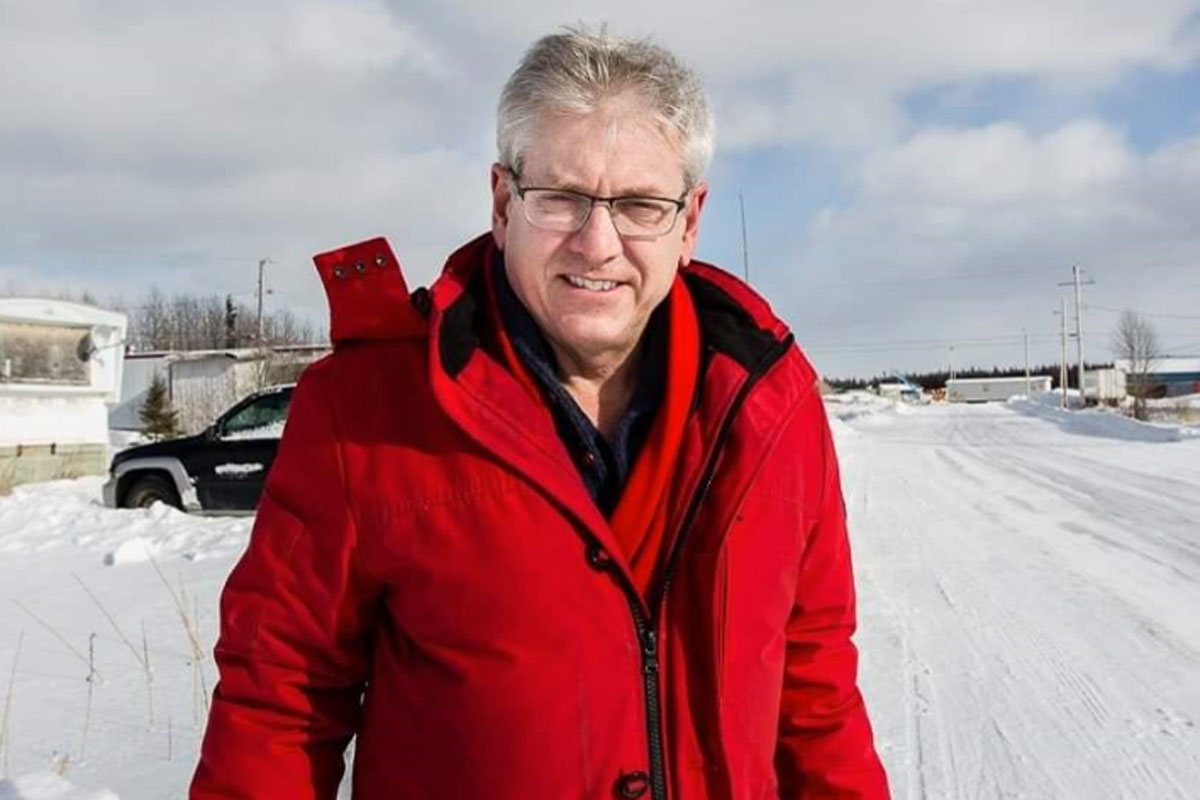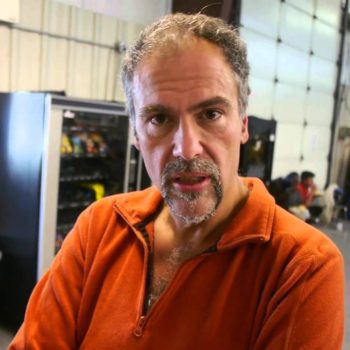Interview with Canadian Parliament Member Charlie Angus
The realities of Canada’s far northern communities can be hard to grasp. Alarming suicide rates, generational poverty, overcrowding in small homes due to a shortage of housing supply, and harsh conditions are prevalent. The stark contrast between northern First Nations communities and our more metropolitan-friendly lifestyles are significant. Yet, even considering that, it can be hard to truly grasp the damage being realised.
And now, as we sit at the doorsteps of an unrelenting health emergency, it’s never felt more real.
Sitting with lifelong activist and Member of Parliament, Charlie Angus, he did his best to properly illustrate these staggering realities with care. Communities struggling with mental health, desolation and poverty have never fought a pandemic like COVID-19 before.
“My [territory] is bigger than Great Britain, so we have a number of different issues and concerns. Certainly, in the central communities like Timmins, Kirkland Lake, and Timiskaming region. It’s really about trying to break the patterns that people have. Trying to keep people in where possible. Making efforts to have our emergency teams ready when COVID-19 hits. And rest assured, it is starting to hit here,” Angus said.
“The big issues for us are the far North, areas like James Bay, the vast region of Northern Ontario, the largest in Ontario itself, which is Treaty 9 territory. And this region is pretty much already facing third and fourth world conditions. If COVID-19 hits a community like Kashechewan, Bear Skin Lake or King Fisher Lake, it will be a disaster,” Angus explained emphatically.
When pressed to explain how the area he is representing is responding to the changing health climate, Angus painted a picture of worry.
“We have little nurses’ stations called the ‘Tylenol clinics,’ because they don’t have the proper medical support there. We have 20 or 21 people living in three-bedroom houses … how do we have those people self-isolate? And so many bodies are already compromised from the bad water and [presence of] mould. So, it is a frightening situation.”
Not all hope is lost, however. Front line emergency personnel are hard at work preparing for the worst.
“The leadership in Treaty 9 are incredible. Grand Chief Alvin Fiddler is working with a team of doctors. Doctor Jane Philpott, a former federal cabinet minister, is working with them as an advisor. She carries a lot of respect in our regions.”
“We are very, very focused on prevention,” Angus continued. “And right now, the one solution is that they are simply not allowing anybody on the ice roads into the community. They are not allowing anybody to fly in. They are completely isolating themselves in a united effort to try to get through this.”
The challenge with this approach is that nature is not always on their side. Flooding season is beginning.
“The community of Kashechewan is a community that is right at ground zero for the flooding, and so we have multiple, multiple issues. It definitely takes up a lot of my time right now. We are working with the communities trying to figure something out.”
As communities all over North America and beyond are doing their best to promote enhanced sanitation practices, that is a difficult obstacle for these towns and villages. The First Nations’ compromised access to clean water is no secret, but remedying this disaster is another story.
In Attawapiskat, the whole water system is damaged due to chronically underfunded municipal infrastructure in Northern Ontario year after year, Angus explained. Originally installed sometime in the 1970s, it wasn’t put there for the residents. It was put in because provincial laws said white people who worked there needed water.
“So, the governments put in water for the white people who were working there. Then it became for the community, but it has never been built to proper size. Governments change, but the policies of how they underfund these systems do not,” he said. “These are infrastructures that are completely inadequate for the task.”
The frustration in Mr. Angus’ voice was easily recognizable. And with just cause. As the description continued, it was apparent how this problem would only be made worse in the face of the COVID-19 pandemic.
“Now you’re dealing with a relic of 1970s infrastructure in 2020. This is a place where the population has grown immensely. So, if you want to wash your hands in Attawapiskat, you have to leave your house. You have to then navigate through the snow and the mud. All of that to basically go to this makeshift water station.”
“The station is pretty rough looking. It’s like a garage, and you have to pour water into a big jug. So, you know, approximately 2,000 people are getting their water from that location. You can just imagine that if someone has got germs on their hands, or they have the virus or are somehow cross contaminating, that everything is in no way going to be clean and sterile. It can’t be!”
When we picture rural indigenous homelessness, vastly impoverished communities, and overcrowded homes, this paints a picture of tragedy in the wake of a health emergency. And the neglect that led us to this position is significant, which Angus had no bones about explaining.
“So indigenous people said to me during all of the more recent pipeline debates ‘yeah this is a nation that can run a pipeline through a mountain, but they can’t get water in the richest water region in the world to their own communities.’ This here is why COVID-19 is such a threat. If it gets in, it is going to go through the communities like wildfire. And we really don’t have the measures in place to stop it from happening, unless we try to keep it out altogether. And that is right now the front-line response. Do everything in our power to keep COVID-19 out of those far northern communities, and just hope that we can get through this.”
“The thing is that you honestly can’t believe that you’re in Canada when you visit these places until you see it for yourself,” Angus said.
“Even for me, who has been in these communities so many times, it’s still overwhelming. The people there are so beautiful. They are so warm. I have so many friends there. And then some of them bring me into an overcrowded home, and show me a little girl with scars and scabs on her body from the water. And it’s an ‘Oh my God’ moment. You wonder how did this happen? I just talked to a grandfather who had to take a little girl out from water damage to her body about two weeks before the COVID-19 pandemic hit. So, what’s going to happen now that the COVID-19 virus has hit, if we already have kids getting sick from water and mould.”
Communities in the far Northern region depend on outside medical support. And now that is compromised for those who might require emergency services. Dark times may be looming. And frankly, the grey skies already cascade over these people’s lives.
Angus wrapped up his commentary with one lasting image of the potential for devastation.
“Places like Kat Lake, where we have had to medivac people out … we can’t medivac them out now. So what are we going to do? This is the reality of health care in Canada’s North.”












